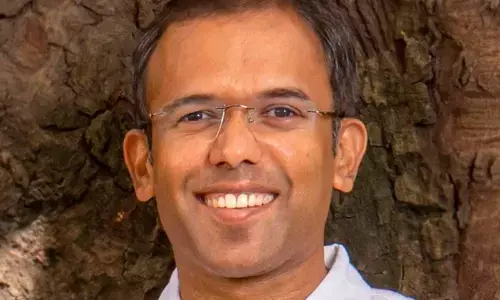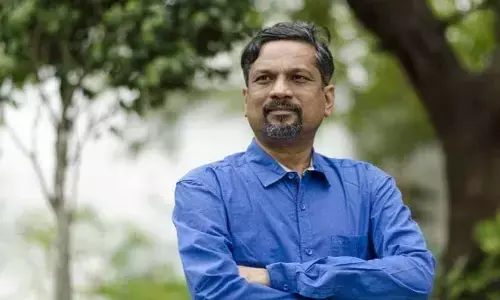How is Eid ul Adha celebrated around the world?

Eid ul-Adha, also known as the Festival of Sacrifice, is one of the most important Islamic holidays celebrated by Muslims worldwide
Eid ul-Adha, also known as the Festival of Sacrifice, is one of the most important Islamic holidays celebrated by Muslims worldwide. It commemorates the willingness of Prophet Ibrahim (Abraham) to sacrifice his son Ismail (Ishmael) as an act of obedience to God. However, God provided a ram to sacrifice instead. The celebrations vary across different cultures and countries but generally include the following common practices:
General Practices
1. Prayer (Salat al-Eid): The day starts with a special prayer at the mosque. Muslims gather in large numbers to perform the Eid prayer, which is usually held in an open area or a large mosque.
2. Sacrifice (Qurbani): In commemoration of Ibrahim's willingness to sacrifice his son, Muslims who can afford it perform the ritual sacrifice of an animal (usually a goat, sheep, cow, or camel). The meat is then distributed among family, friends, and those in need.
3. Charity: Emphasizing the importance of helping the less fortunate, Muslims give to charity, ensuring that everyone can participate in the celebrations.
4. Feasting: Families and friends gather for festive meals. Traditional dishes vary by region but often include meat from the sacrificed animal.
5. Social Visits: Muslims visit friends and family, exchange gifts, and enjoy communal activities.
Regional Variations
Middle East
• Saudi Arabia: As the host of the Hajj pilgrimage, Saudi Arabia sees millions of pilgrims performing the rituals of Hajj, culminating in the celebration of Eid ul-Adha in Mecca and Medina. Locals also celebrate with prayers, sacrifices, and family gatherings.
• Egypt: Egyptians celebrate with public prayers, followed by family feasts and the sharing of meat with the less fortunate. The streets are often lively with festive activities.
South Asia
• Pakistan: Celebrations begin with Eid prayers, followed by Qurbani. Families gather for meals, and the meat is distributed among relatives and the poor. Traditional dishes include biryani, kebabs, and curries.
• India: Similar to Pakistan, Indian Muslims offer prayers, perform the sacrifice, and share meals with family and friends. Traditional foods like biryani, kebabs, and sweets are enjoyed.
Southeast Asia
• Indonesia: As the country with the largest Muslim population, Indonesia sees widespread celebrations with prayers, sacrifices, and communal feasting. The meat is distributed to the needy, and traditional dishes like rendang and satay are prepared.
• Malaysia: Malaysians celebrate with prayers, sacrifices, and feasts. The meat is shared with family, friends, and the poor. Traditional dishes include rendang, ketupat, and satay.
Africa
• Nigeria: In Nigeria, Eid ul-Adha is marked by prayers, sacrifices, and communal meals. Traditional dishes like jollof rice and suya (spiced meat skewers) are common.
• Somalia: Celebrations include prayers, sacrifices, and family gatherings. Traditional Somali foods such as sambusa and bariis (spiced rice) are enjoyed.
Western Countries
• United States and Canada: Muslim communities gather for Eid prayers in mosques and community centers. Families perform the sacrifice were allowed by local regulations, share meals, and participate in community events.
• United Kingdom: British Muslims celebrate with prayers, sacrifices, and family gatherings. Community events and charity activities are also common.
Eid ul-Adha is a time for reflection, gratitude, and generosity, uniting Muslims around the world in a shared expression of faith and community.



















